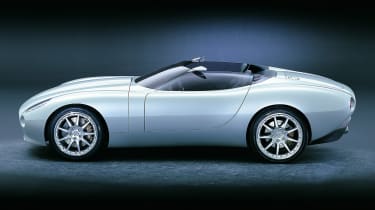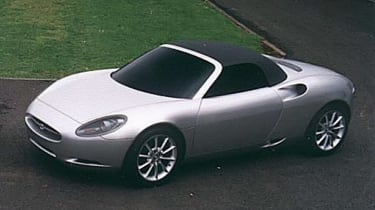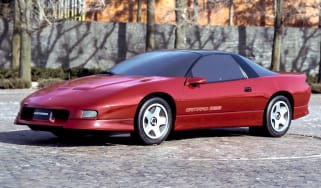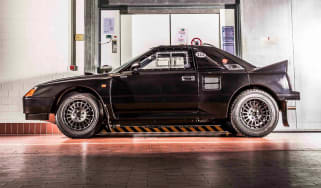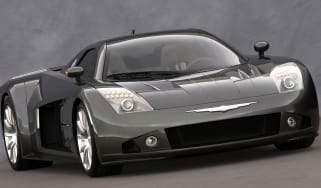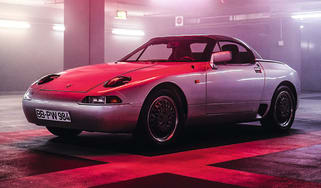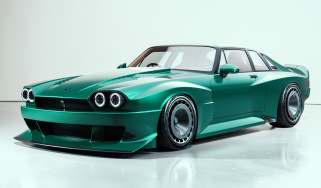Jaguar F-type – Dead on arrival
In the early noughties, Jaguar had a second stab at a successor to the iconic E-type, even proposing a V6 mid-engined Boxster rival. But once again it wasn’t to be
DOA has already covered Jaguar’s first doomed attempt to make an F-type (evo 268). Ford killed that car when it bought Jag, but it was on its watch that a second ill-fated attempt was conceived, first hinted at with the XK180 concept of 1998. Two years later that car’s design themes were evolved into another concept (below) and, to give a less subtle suggestion that Jaguar wanted back into the sports car game, it was labelled the F-type.
With low windscreens and diving bonnet lines, these show cars had no hope of making production, but behind the scenes work progressed on a front-engined, two-seater sports car you could actually buy. An important part of any new car project is to benchmark rival products, which for Jag’s engineers meant getting a Honda S2000… and then accidentally writing it off. Another S2000 was bought, and also promptly binned. While the engineers concentrated on keeping a third S2000 out of the barriers at Whitley roundabout, the designers wrestled with making the F-type concept into something road legal, under the stewardship of new design director Ian Callum.
> Jaguar XJ41 – Dead on arrival
The result was pretty but a little plain next to the flamboyantly rule-breaking concepts. Happily, there was then a major rethink as Jag decided that a true Boxster beater should carry its engine in the middle, just like the Porsche. So the sports car project was started again as a mid-engined car codenamed X600. Callum’s design team came up with a pretty XJ13-meets-Boxster look – seen here (above) for the first time outside of Jaguar – that lived up to the internal marketing documents that billed it as ‘a revolutionary and sexy Jaguar roadster’, while engineers created a sophisticated suspension design to match the brief of ‘uncompromising performance and handling that takes your breath away’.
Real-world testing of the chassis hardware began using Jag suspension fitted to a fleet of Honda NSXs. The shift in layout carried another layer of logic because in the design studio at Ford-owned Aston Martin – actually an unglamorous corner of a storage unit next to the Jag styling block – a small team under Callum’s watch was working on the V12-engined GT that would become the DB9, and a compact, V8-powered sports car that was, like X600, mid-engined. What if this second car could be dovetailed with the Jag for economies of scale?
Unfortunately, Jag’s car featured a transverse V6 while Aston’s had a lengthways V8, and before any cost-effective overlaps could be found between the two cars, Aston boss Ulrich Bez decided it was more appropriate for his new-gen sports car to be front-engined, triggering the redesign that led to the 2005 V8 Vantage. Jaguar would have to go it alone on its new sports car and this was poor timing because most of its engineering effort was now tied up in a late-running and over-budget project to make a brand new XJ, just as it had been in the ’80s when the first F-type began to flounder.
Worse still, Ford realised that Jag was well behind the game with then-fashionable diesel engines and had decreed that these should be its R&D spending priority. A low-volume two-seater sports car sitting on a bespoke chassis under an all-aluminium body and running its own supercharged version of the AJ-V6 engine didn’t stand a chance. In 2002 Jag’s Detroitian overlords drew a line through the X600 project for good. We wouldn’t see an F-type until Jag’s third attempt made production ten years later, long after Ford sold up.
